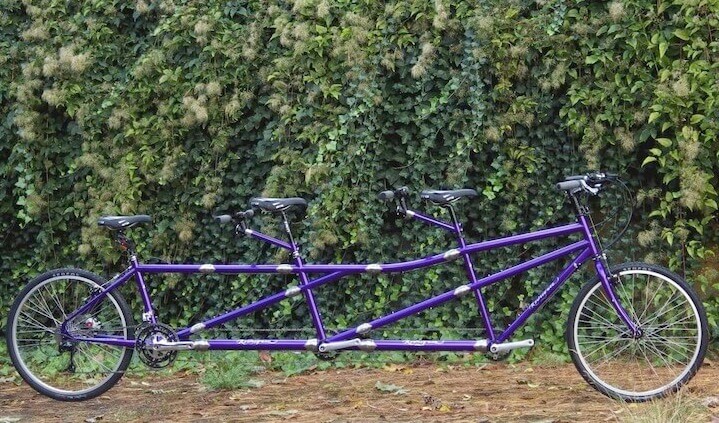One of the problems is that the supposed savings of these Guided Buses over standard LRT by not requiring the tearing up the roadway didn't materialise. The issue was that the buses when running down regular roads with a physical guidance resulted in an indentation of the asphalt and then the guiding mechanisms didn't work. Several cities had to shut down the routes and repave the streets with concrete which is much harder. Of course this cost a fortune and was very disruptive negating many of the supposed advantages. Being labelled 'ultra-light' perhaps these vehicles do not suffer from this problem.
There are 2 very significant attributes that such systems offer that standard LRT/streetcar cannot....................reliability and flexibility. Due to the nature of LRT running on dedicated track, it makes such systems very dependent upon a smooth running road system. If there is an accident or one of the trains breaks down, the entire system comes to a screeching halt. Of course buses can just go around such obstacles. Also for longer distance trips, such vehicles can get rid of the dreaded last mile by running rail to a certain station and then going 'off steel grid' to get the people closer to their actual destinations without the need for more very costly rail expansions. Once the core system is built, expanding the service only requires new vehicles but no new infrastructure.






